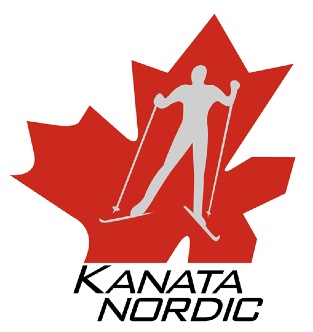What is a forerunner?
Until I applied for the position, I really had no idea what a forerunner (a.k.a. foreskier) was. After I applied, I had some more idea but only once we had our orientation at the Whistler Olympic Park (WOP) was there a good understanding.
In a typical loppet or local race the trails are groomed the night before, and the skiers ski on them the next day with no additional preparation unless the conditions change dramatically i.e. ice or significant snowfall. Particularly with an interval start this may give some skiers an advantage. If it is snowing the first skiers must effectively break trail. If it is not snowing the first skiers may have a nice firm ridged path in front of them, while the following skiers do not.
In order to level the playing field, so to speak, forerunners are sent out just before the race to ski the course and put the course in a condition that the first skiers do not have a significant advantage over the later skiers. This includes making sure all tracks are equally skied in, if for example during the warm up skis before the course is closed before the race start, the skiers use only one track. If it is snowing through the race, the forerunners may periodically ski sections of the trail between heats and/or skiers. This is particularly important if one path is used more often than another.
At the Paralympics, day one of competition includes multiple heats of the sit ski biathalon (2 x 800 metre loops) and the standing skier biathalon (3 x 1,000 metre loops). If there is no new snow falling the forerunners will ski the course approximately 10 minutes before race start. This also corresponds with the course being closed to skiers. For the sit skier course there may be 2 to 4 tracks that must be equally skied in. Subsequently the standing course is skied in. This is repeated for each heat. At the end of the event the forerunners may do a ceremonial ski to indicate that the course is once again open.
If it is snowing the forerunners must also periodically ski sections of the course that are not being used as much, for example, if there are 3 tracks and most skiers use the same one the other two tracks must be skied. Also while the 800 metre loop is being used the forerunners ski the 1000 metre loop to keep it ready.
Forerunning has it priveledges as we have full access to the course area and the athlete areas during practice sessions and competition. This includes a forerunner wax room, and hang out/storage area as well as full access to the athlete eating area.
We also have our own forerunner outfits which you may see on TV. The outfits are navy blue with light blue “Vancouver 2010” written on them. The toque is light blue with a stylistic mountain line pattern near the bottom: watch for us!
During the Olympics forerunners were made up of U23 nordic skiers. For the Paralympics we have a collection of performance athletes (definitely not me) and coaches. The age range is from mid twenties to into the 50s. Of 19 forerunnners 80% are likely from Alberta and British Columbia and the rest are from Ontario and Newfoundland. Our numbers include a blind skier, and a paranordic one armed skier. As with most nordic skiers my fellow forerunners are wonderful people. It is a wonderful honour to be here, and it is even better that Kanata Nordic can claim to have two athletes competing.
Mike
